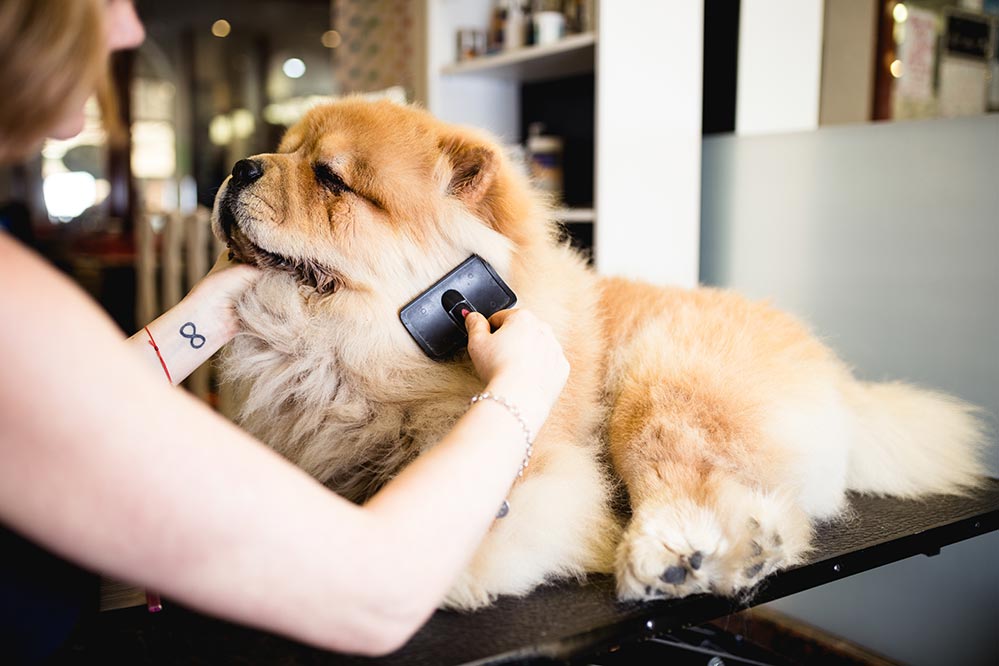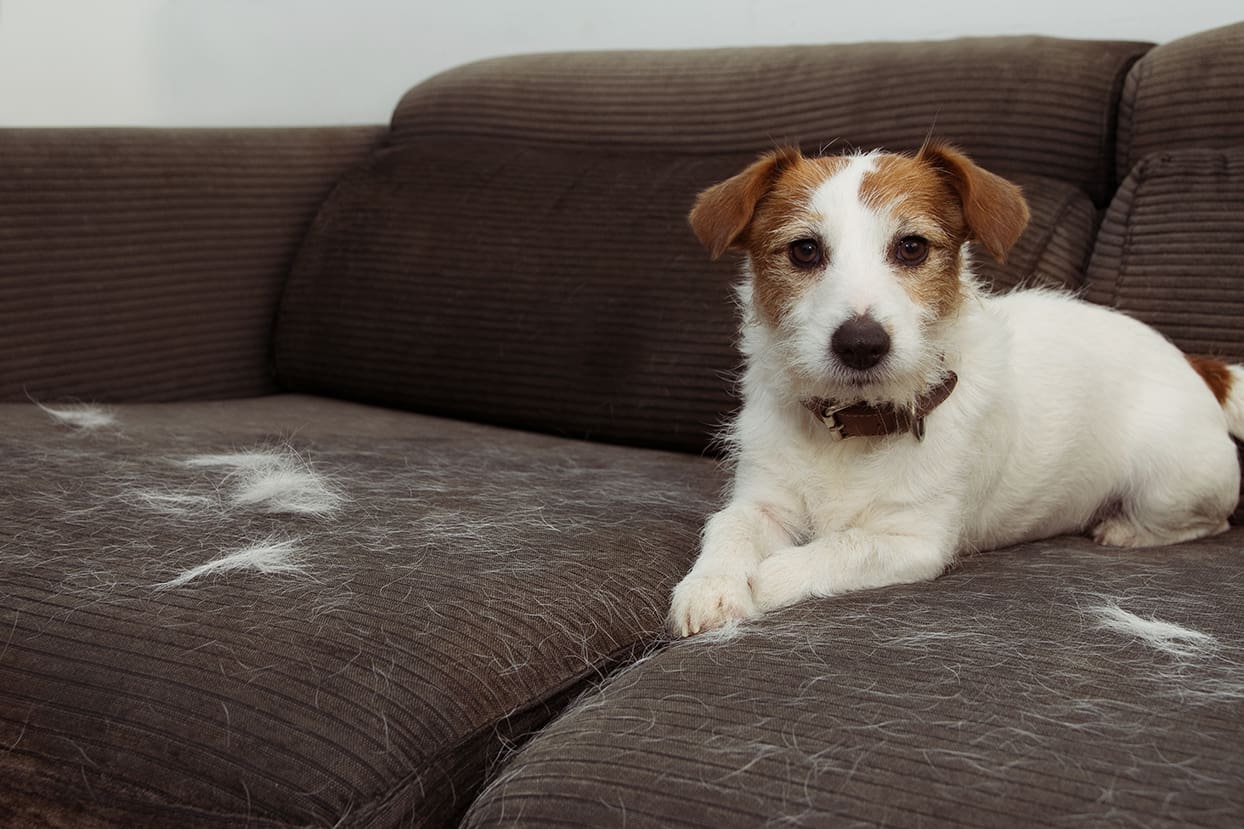
How to Use Deshedding Tool Effectively for Healthy Pets?
Share
For health-conscious pet owners, maintaining your furry friend's coat is essential for both appearance and health. One vital tool in the grooming arsenal is the deshedding tool. But, you might wonder, how to use deshedding tool effectively? This article will guide you through the process.

Understanding the Importance of Deshedding Tools
Before diving into the how to use deshedding tool details, its essential to understand why these tools are integral for your pet's grooming routine. Deshedding tools help remove loose fur, dirt, and debris while enhancing the bond between you and your pet. Regular use can prevent excessive shedding in your home, saving you from the headache of cleaning fur.
What Types of Deshedding Tools Are Available?
There are several types of deshedding tools that you can choose from:
- Furminators: A popular choice for many pet owners.
- Rakes: Ideal for pets with thick undercoats.
- Combs: Suitable for shorter-haired breeds.
Each tool has its unique purpose based on your pet's coat type. Ensure you choose the right one for optimal results.

How to Use a Deshedding Tool Effectively?
Now comes the pivotal part of this guidehow to use deshedding tool? Follow these steps for effective deshedding:
1. Prepare Your Pet
Before you start, its essential to prepare your pet. Make sure they are calm and relaxed. You can take a few minutes to pet them, giving them a treat, or playing with them. This will make the grooming session much smoother.
2. Choose the Right Time and Place
Select a comfortable location where your pet feels secure. Ideally, a place with ample space and minimal distractions will work best for both you and your pet.
3. Start with a Brush
Before using the deshedding tool, it's a good idea to do a quick brushing. This removes surface dirt and makes it easier to see the dead hair that needs to be deshedded.
4. Use the Deshedding Tool
Now that your pet is prepped, its time to get to work! Hold the tool at a 45-degree angle and gently glide it over your pets coat. Avoid pressing too hard, as this can irritate their skin. Move with the direction of the fur, starting from the head and working toward the tail.
5. Check for Results
After youve gone over your pet with the tool, check for results. You should see collected hair in the tools chamber. It's essential to check your pet's skin for any signs of irritation, especially after the first few uses.
6. Regular Grooming Schedule
To maintain a healthy coat, a regular grooming schedule is necessary. Depending on your pet's breed and shedding patterns, grooming may range from once a week to a few times a month. You can learn more about how often to brush your dog in this helpful link.

Common Mistakes to Avoid While Using Deshedding Tools
Even seasoned pet owners can make mistakes. Here are some that you should watch out for:
- Using too much pressure: Always be gentle to avoid hurting your pet.
- Skipping brushing: Always brush before deshedding to remove loose hairs.
- Ignoring skin health: Always check your pet's skin after grooming.
Addressing Excessive Shedding
If you notice that your pet is shedding excessively, it might be a sign of an underlying health issue. A sudden increase in shedding can be linked to various reasons, including diet, stress, or health conditions. For insights on why your old dog may be shedding so much, you can refer to this informative link.
FAQs about Deshedding Tools
1. How often should I use a deshedding tool on my pet?
The frequency of use can vary based on your pet's shedding pattern. It's generally recommended to use it every couple of weeks, depending on the breed.
2. Are deshedding tools safe for all pets?
Most deshedding tools are safe for dogs and cats. However, it's essential to choose the right tool based on your pet's coat type.
3. Can excessive shedding be a sign of a health issue?
Yes, excessive shedding can indicate underlying health problems. Consult your veterinarian for a thorough check-up.
If you're struggling with your shedding dog, check out this insightful link for solutions.
As an Amazon Associate, I earn from qualifying purchases.
